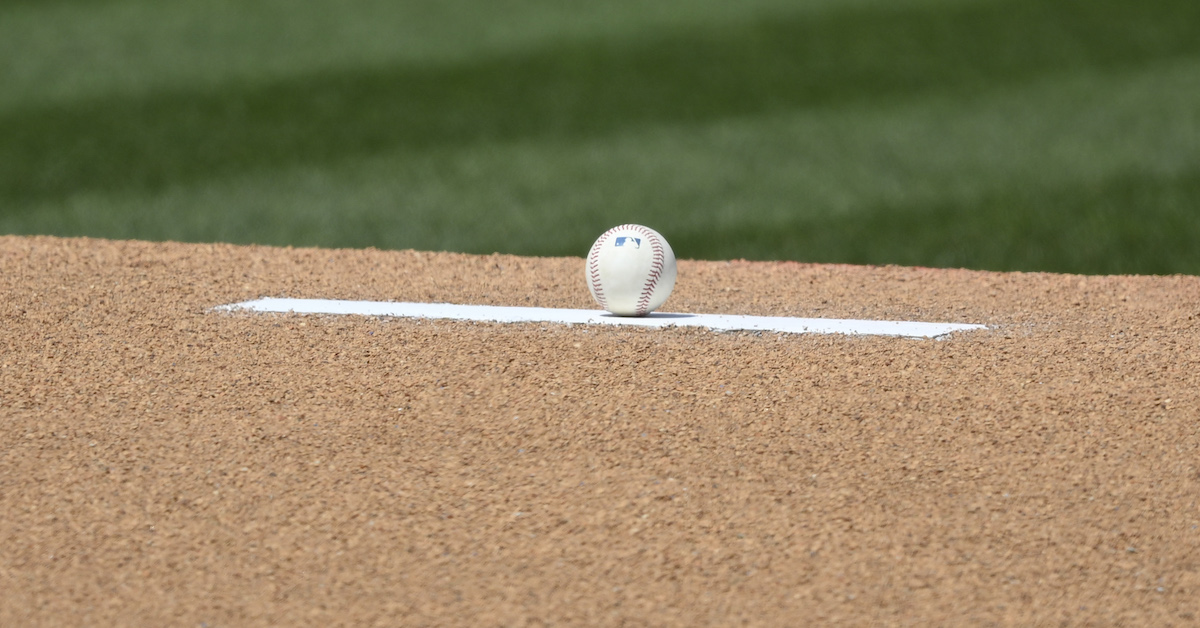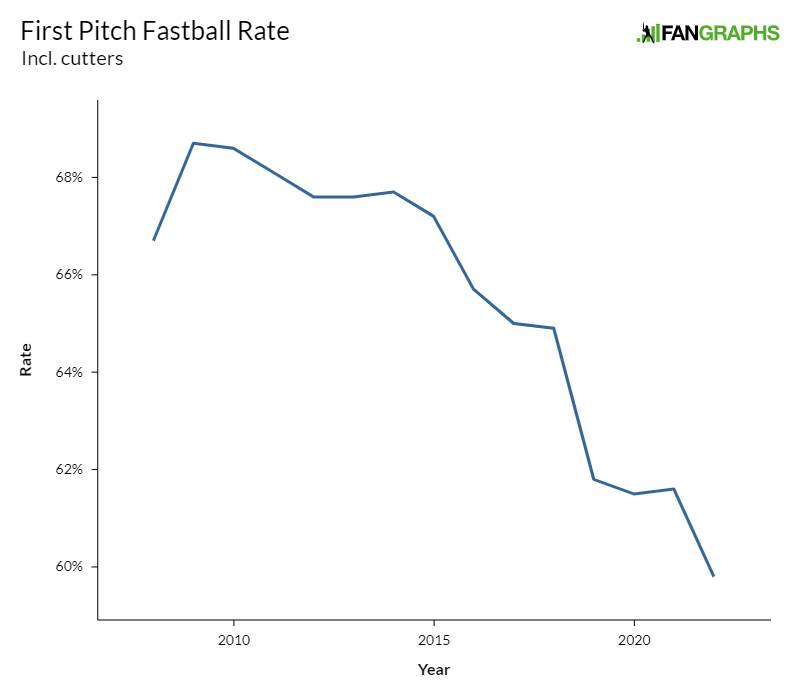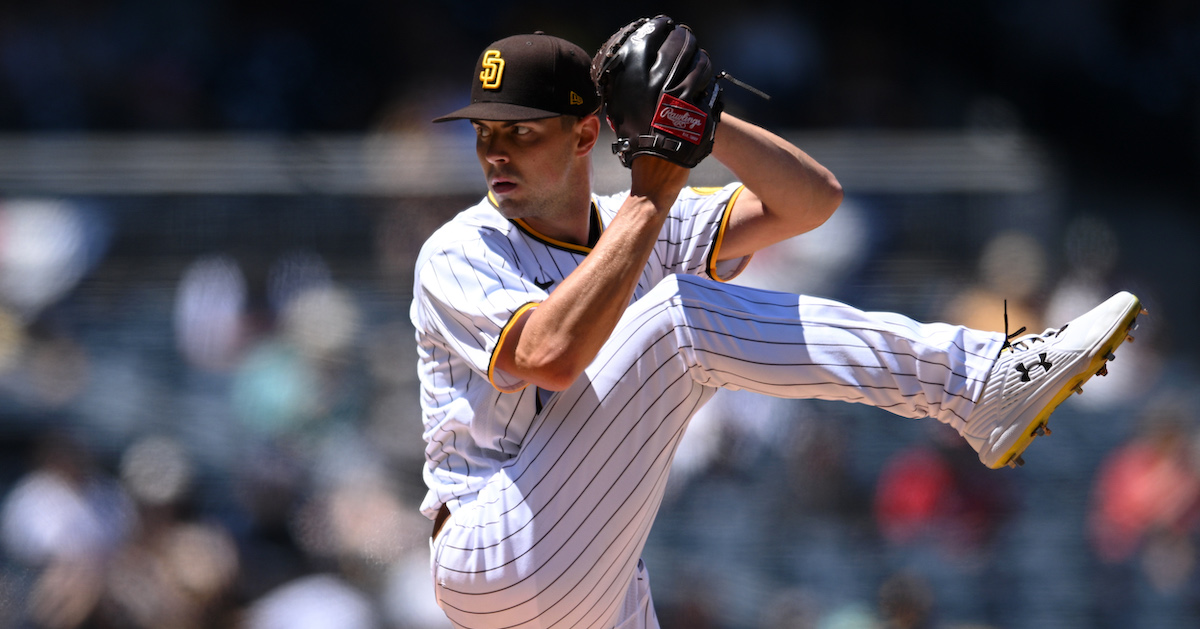Position: Developer – Baseball Systems
Summary The Developer – Baseball Systems will collaborate with the Application Development team to develop exciting user-facing applications for platforms within Baseball Operations. This position requires strong software development skills and experience, as well as a demonstrated ability for independent thought and the willingness to work within a team framework.
Essential Duties and Responsibilities include the following. Reasonable accommodations may be made to enable individuals with disabilities to perform the essential functions. Other duties may be assigned.
- Design new experiences and displays for usage within our systems especially with the R&D team
- Develop new application features and work with end users to ensure acceptance and reliability
- Assist in creation of application content and visualizations, especially for mobile environments
- Create tests, document, and participate in code reviews around new features and functionality
- Work with teammates to support existing functionality of systems, including user support
Qualifications To perform this job successfully, an individual must be able to perform each essential duty satisfactorily. The requirements listed below are representative of the knowledge, skill, and/or ability required.
- Experience with software development, including requirements definition, design, development, testing, implementation, and iterative improvement
- Proficiency with front-end web development technologies (including HTML5, CSS, JavaScript)
- Strong understanding of desktop, laptop and mobile UI/UX design concepts and demonstrated ability to apply responsive design techniques
- Familiarity with server-side web programming languages such as Java, C#, or Go
- Baseball fan with a desire to work closely with the entire Baseball Operations department
Preferred skills The skills listed below will help an individual perform the job, however they are not all required.
- Familiarity with advanced statistical baseball concepts, including advanced statistics and player evaluation metrics
- Experience with data visualizations tools such as D3.js or similar, particularly for large data sets
- Experience with Microsoft technologies including C# and SQL Server
- Experience with front end JavaScript frameworks such as Angular, React, or Vue
Education and/or Experience
Bachelor’s degree (B. A.) in Computer Science, Information Systems, or related field from four-year college or university; and zero- three years related experience and/or training; or equivalent combination of education and experience.
Computer Skills
To perform the job successfully, the individual must be proficient using Microsoft office software including Word, Excel, PowerPoint, Access, Outlook, and Internet Explorer.
Other Skills and Abilities
Capable of working extended hours such as overtime, nights, and weekends when necessary.
Language Skills
Ability to read and comprehend simple instructions, short correspondence, and memos. Ability to write reports, business correspondence, and procedure manuals. Ability to effectively present information in one-on-one and small group situations to department members and non-technical baseball operations staff.
Mathematical Skills
Ability to add, subtract, multiply, and divide in all units of measure, using whole numbers, common fractions, and decimals. Ability to compute rate, ratio, and percent and to draw and interpret bar graphs.
Reasoning Ability
Ability to define problems, collect data, establish facts, and draw valid conclusions. Ability to apply common sense understanding to carry out detailed but uninvolved written or oral instructions. Ability to deal with problems involving a few concrete variables in standardized situations.
Physical Demands
The physical demands described here are representative of those that must be met by an employee to successfully perform the essential functions of this job. Reasonable accommodations may be made to enable individuals with disabilities to perform the essential functions. While performing the duties of this Job, the employee is regularly required to use hands to finger, handle, or feel and talk or hear. The employee is frequently required to reach with hands and arms. The employee is occasionally required to stand; walk; sit and stoop, kneel, crouch, or crawl. The employee must regularly lift and /or move up to 25 pounds. Specific vision abilities required by this job include close vision, distance vision, peripheral vision and ability to adjust focus.
Work Environment
The work environment characteristics described here are representative of those an employee encounters while performing the essential functions of this job. Reasonable accommodations may be made to enable individuals with disabilities to perform the essential functions. While performing the duties of this Job, the employee is regularly exposed to outside weather conditions, which may include heat, cold and various forms of precipitation.
The employee is occasionally exposed to moving mechanical parts.
The noise level in the work environment is usually quiet.
Work Hours
Business hours are Monday – Friday 9am – 5pm, however, candidates must be capable of working extended hours such as overtime, nights, and weekends, when necessary.
To Apply:
To apply, please follow this link.
The content in this posting was created and provided solely by the Milwaukee Brewers.








